Table of Contents
Question: How can I replace or repair a board in an Airmate?
Answer: Link: please read the info at this link
Opening and repairing of the unit is at own risk!
Be carefull when opening the unit!
Jumper settings can be made without warranty expiration!
Opening and applying repairs or modifications to the unit will expire the warranty!
Be sure that the unit is disconnected from the power source!
Never bypass or replace the fuse with a higher value fuse!
What tools do I need to work on an Airmate
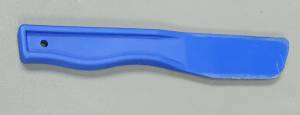
A plastic tool (spatula / spoon) to lift the potentiometer knobs.
The plastic prevents scratching the front.
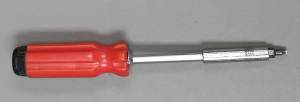
A Torx 10 (*) screw driver.
For older units we used cross slot screws (+) Philips 1 and Pozidriv 1.
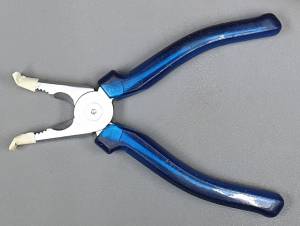
To remove potentiometer nuts a combination pliers with the edges taped in a few layers of painting tape to prevent for scratching.
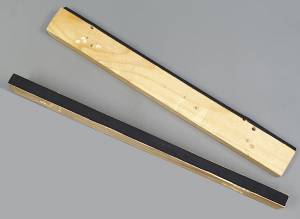
Wooden beams to create a distance when the mixer is placed upside down.
To prevent for scratching you can add foam or cloth.
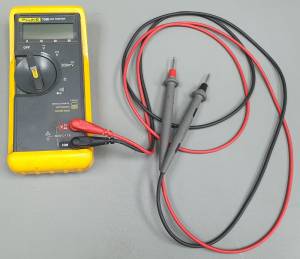
A multimeter and some skills to use it.
How to open an Airmate in the right order
To open an Airmate follow the next steps carefully.
Be sure that the unit is unplugged from the power source!
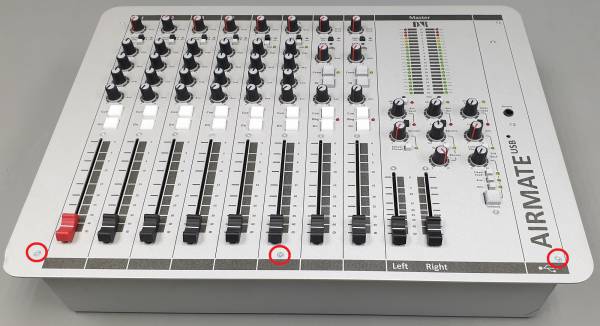
Remove the three screws in at the bottom row.
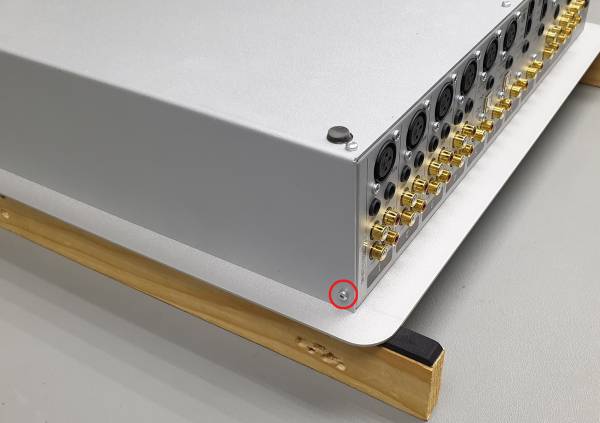
Remove the screw on the Left side.
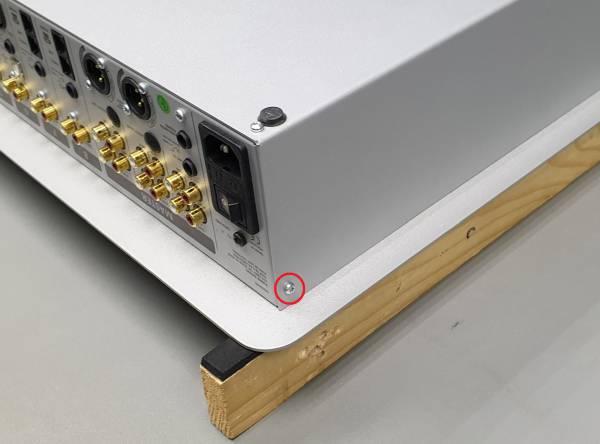
Remove the screw on the Right side.
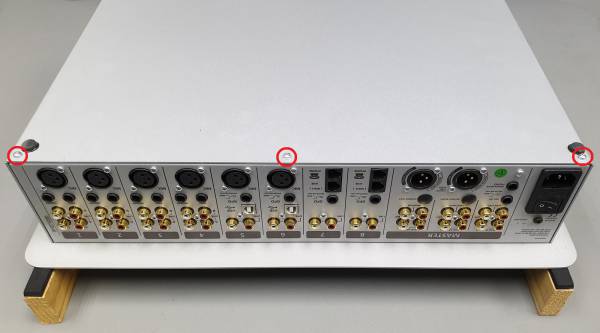
Remove the three screws on the bottom side.
Now the bottom housing can be lift off.
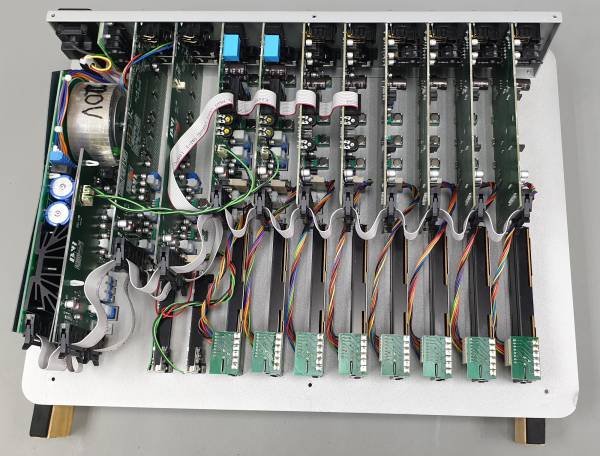
In a lot of cases it is possible to locate problems without disassembly of the P.C.B. and back metal.
Faders can be replaced without further dissasambly except the 2 screws that hold the fader in de front.
Be sure to use the same screws as longer screws can lock up the fader travel.
To remove or replace a print circuit board from the Airmate
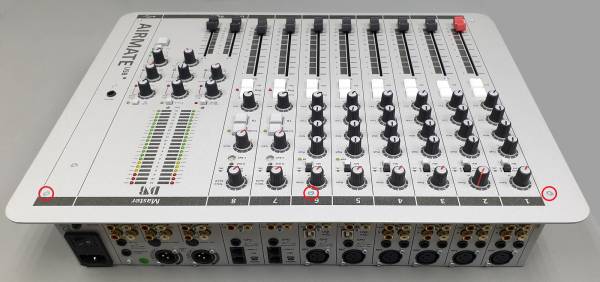
Remove the 3 screws at the top side.
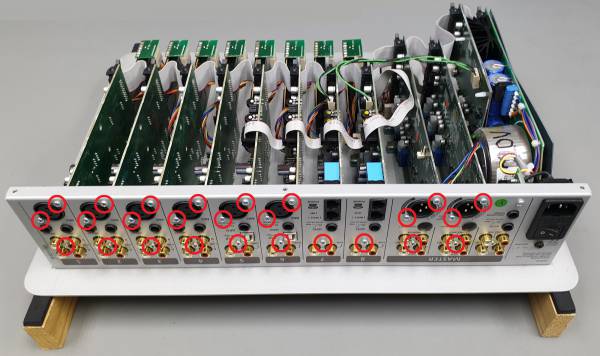
Remove the screws that hold the connectors.
The small connector board on the right can remain assembled.
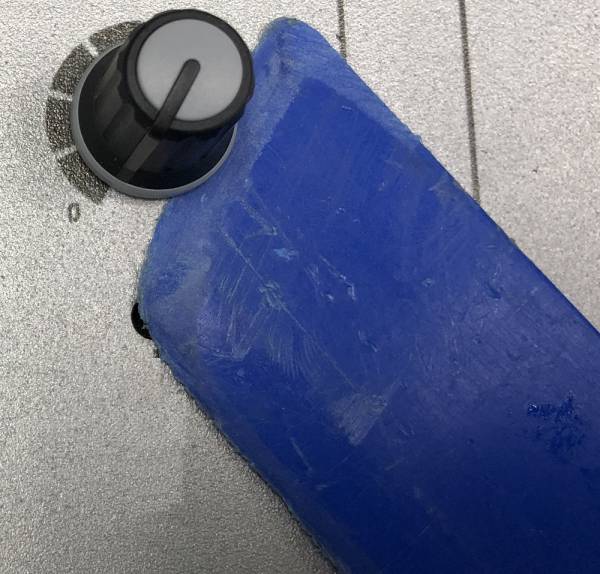
Remove the knobs of the specific PCB.
To remove a P.C.B. you also have to remove the potentiometer nuts and screws that hold the P.C.B. at the front.
Where can I measure the Power supply
Each P.C.B. (except the power supply) has their own protection resistors that will burn when the current is to high.
Power supply
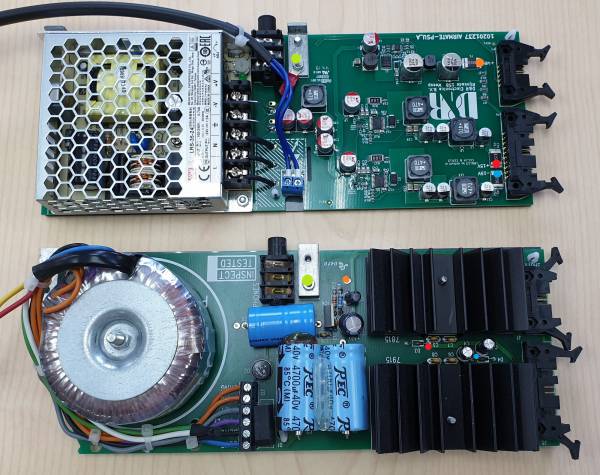
The first power supply is the switched power supply version and the second the regulated version.
We marked the Ground with a Green dot at the metal mounting bracket.
At the Red dot you can measure the possitive (+15 volt switched power supply and +18v volt regulated power supply) voltage.
At the Blue dot you can measure the negative (-15 volt switched power supply and -18v volt regulated power supply) voltage.
At the Orange dot you can measure the phantom power (+48 volt).
Line module
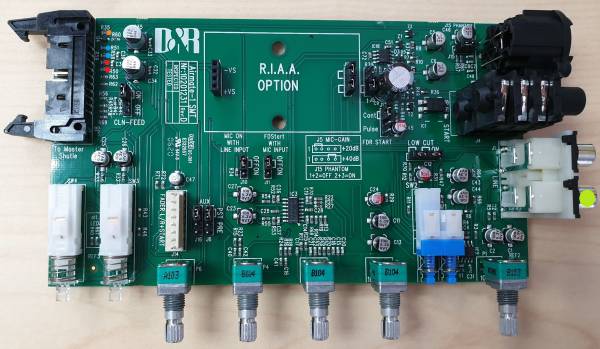
We marked the Ground with a Green dot at the cinch connector.
At the Red dots you can measure the possitive voltage (R50 for the audio components, R58 for the logic).
At the Blue dots you can measure the negative voltage (R51 for the audio components, R59 for the logic).
At the Orange dot you can measure the phantom power.
USB module
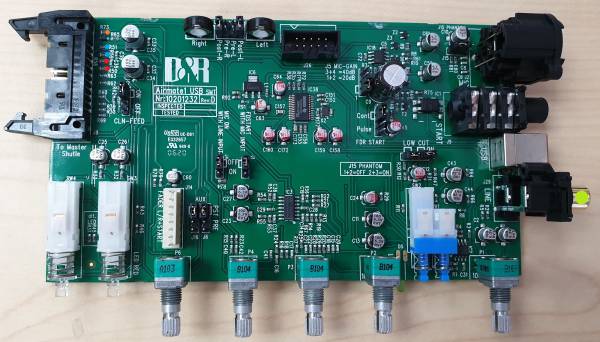
We marked the Ground with a Green dot at the cinch connector.
At the Red dots you can measure the possitive voltage (R50 for the audio components, R58 for the logic).
At the Blue dots you can measure the negative voltage (R51 for the audio components, R59 for the logic).
At the Orange dot you can measure the phantom power.
Telco module
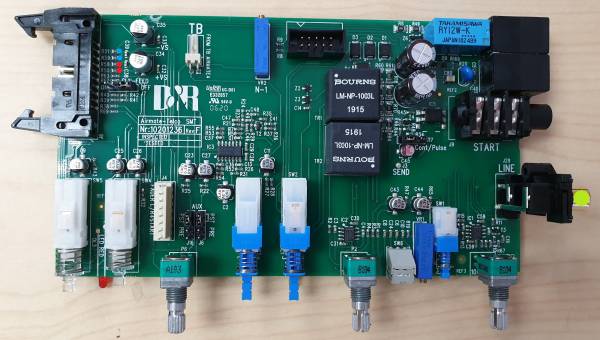
We marked the Ground with a Green dot at the cinch connector.
At the Red dots you can measure the possitive voltage (R50 for the audio components, R58 for the logic).
At the Blue dots you can measure the negative voltage (R51 for the audio components, R59 for the logic).
Voip module
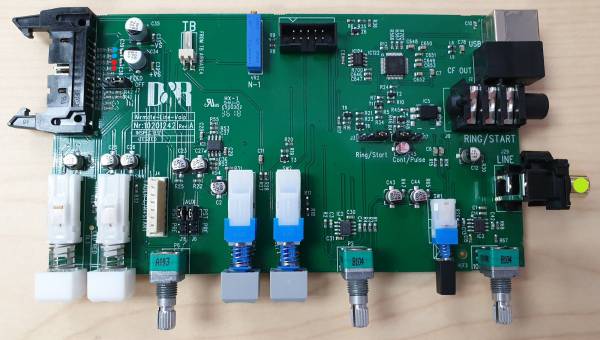
We marked the Ground with a Green dot at the cinch connector.
At the Red dots you can measure the possitive voltage (R50 for the audio components, R58 for the logic).
At the Blue dots you can measure the negative voltage (R51 for the audio components, R59 for the logic).
Master Left
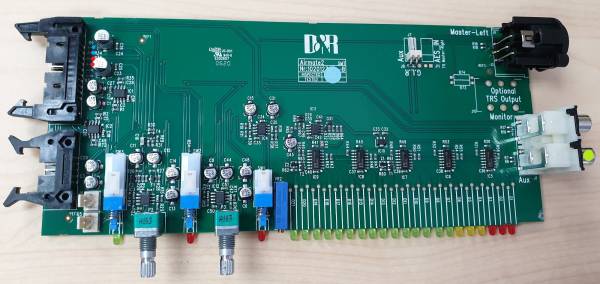
We marked the Ground with a Green dot at the cinch connector.
At the Red dots you can measure the possitive voltage (R8 for the audio components, R33 for the logic).
At the Blue dots you can measure the negative voltage (R9 for the audio components, R34 for the logic).
Master Right
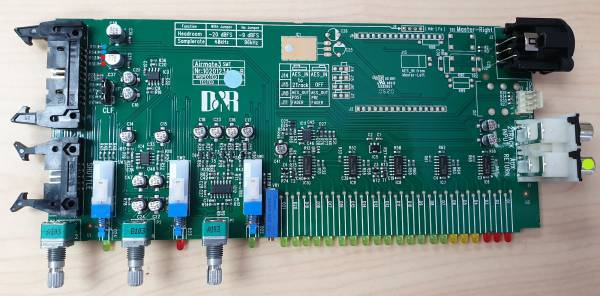
We marked the Ground with a Green dot at the cinch connector.
At the Red dots you can measure the possitive voltage (R10 for the audio components, R53 for the logic).
At the Blue dots you can measure the negative voltage (R11 for the audio components, R54 for the logic).
Master talkback
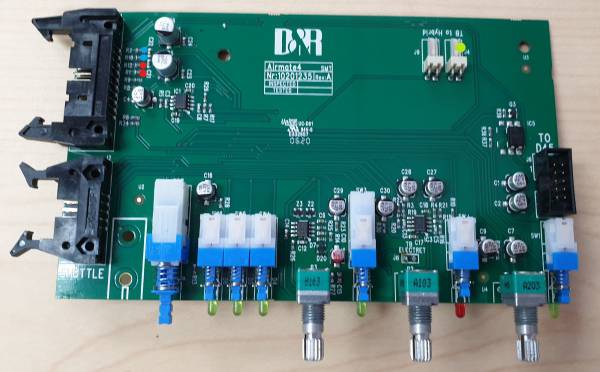
We marked the Ground with a Green dot at the cinch connector.
At the Red dots you can measure the possitive voltage (R1 for the audio components, R12 for the logic).
At the Blue dots you can measure the negative voltage (R2 for the audio components, R18 for the logic).
Specific schematics for your Airmate version can be send on request with Serial and version number.
If you have questions, please consult the factory by filling in our Support Request form.
Support Request
![]()
![]()
